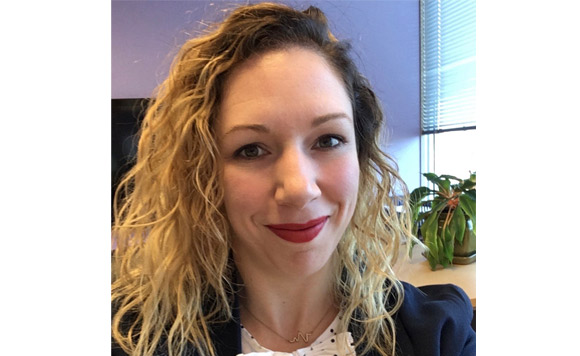by Natalie Bell –
My parents enrolled me in a French immersion school right from the get-go; they wanted me to have a possible advantage later on in life with a second language under my belt, or maybe just wanted someone to translate if we found ourselves in a French-speaking city and they needed to find a restroom. Regardless, it was a gift, and having learned a second language at such a young age made it something that became instinctual, a thread woven through me that would always be there. I haven’t spoken French in many years, but I can still use it if called upon. It still lives inside me, and it created a love and thirst for language, a desire to understand words and how people use them and how we tell the stories of our lives with the language we know.
Yoga is the language of connection. When you boil it down, it’s about being present in our bodies and our minds, and recognizing that they are threaded together. To teach yoga to our children is to teach them how to meditate through movement, how to give form to tension and release it, and to give words to their inner world. Yoga is the gift of a second language.
In a yoga class, the intention is to teach people to be able to recognize what they can physically feel in their bodies, but then also stay aware of what is happening mentally and emotionally. This is mindfulness: to be aware of our physical, mental and emotional bodies, and to stay present with those bodies regardless of how they may feel. Often, I’ll take my students through a physically challenging sequence and then have them hold in one of the poses. While they are holding I ask “Where do you go when you feel uncomfortable? How do you react when you feel confronted or challenged? Do you disconnect? Do you mentally shut down or emotionally shut out? Can you watch as different emotions or thoughts arise, but then do nothing except take a deep breath and hold?” And then we’ll hold in the pose and breathe. It’s all about learning to deal with discomfort without having to run away or react, but instead giving ourselves room to take a deep breath and then choose how we’d like to act next.
Try it with your kids; they’ll pick it up faster than you know. Put it into their words and use yoga as a tool to better understand themselves, their reactions and their mind-body connection. Practise some poses together and while you’re in a pose ask them what they can feel in their bodies – where is it tight? Where is it open? Where can they feel their muscles working, and what muscles can they relax? Then ask them how they feel and why. Take a deep breath, and then another. Show them that as long as they’re physically safe, it’s okay to feel things other than just good or happy. Show them than even if something feels hard, it’s possible to stay there for a few breaths, but that it also won’t feel that way forever. What you practise doesn’t even have to look like yoga: it might be Star Wars-inspired poses, or the shapes of animals, or just stretches themed to something in their wheelhouse. The yoga is in the breathing; the yoga is in the connection.
For more information, visit www.nataliebellyoga.com.




